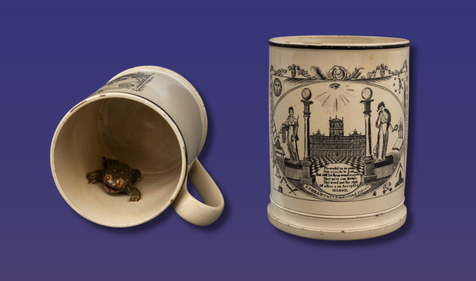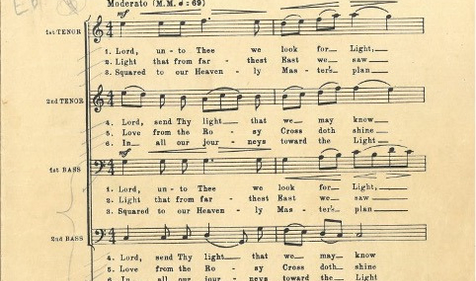From Buzz Aldrin to John Glenn, many notable astronauts and American heroes also belong to the world’s oldest fraternity.
Masons are men on a quest to become part of something bigger than themselves, constantly seeking deeper insight into the mysteries of the universe. This curiosity and pursuit of knowledge is a driving force that binds brethren together. It is also why Freemasonry has seen its fair share of pioneering men within its ranks throughout the centuries. Among the intellectual titans that have graced lodge rooms across the globe, few have taken their path to the heights - literally - as those Brothers who have ventured among the stars.
Read on to learn more about the great men and Freemasons who have journeyed to the stars in an effort to further mankind’s understanding of the universe.
Ill. John Glenn, Jr., 33°
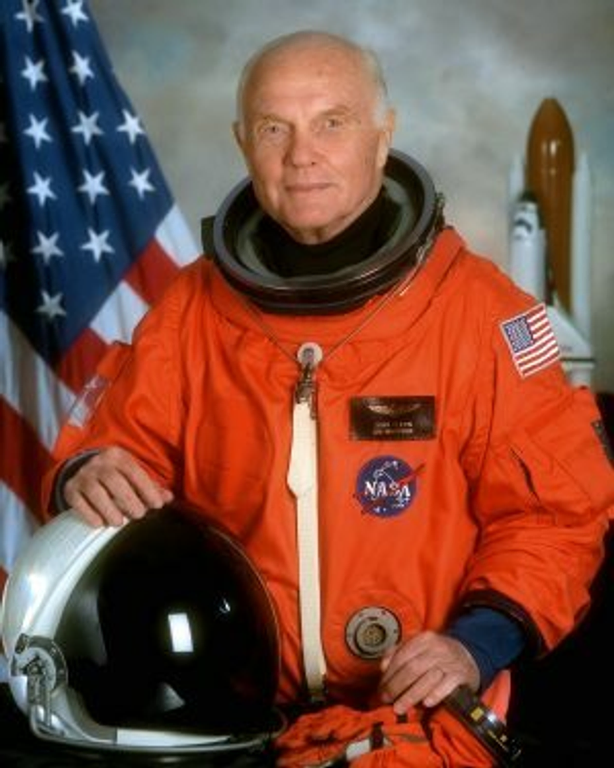
Illustrious John Glenn, 33° was an inspiration to many, both inside the fraternity and beyond. He was an American hero, serving in both World War II and the Korean War, and flying 149 missions, ultimately becoming a decorated astronaut and United States senator. His accomplishments amongst the stars were many, as he was the first American to orbit the Earth aboard Friendship 7 on February 20, 1962, on the Mercury-Atlas 6 mission. For this feat, President John F. Kennedy presented him with the NASA Distinguished Service Medal.
Glenn had a long and accomplished journey in Freemasonry beginning in 1964 when he petitioned Concord Lodge No. 688 in his hometown of New Concord, Ohio. He didn’t officially join the fraternity until August 19, 1978, where he was made a “Mason at Sight” by the Grand Master of Ohio, Jerry C. Rastor. He later earned his Scottish Rite degrees in the Valley of Cincinnati on April 11, 1997. The very next year he was named Sovereign Grand Inspector General and became a 33rd degree Scottish Rite Mason, Honorary Member of the Supreme Council. During his last journey to space in 1998, he wore his 33° degree ring and made history as the oldest man to travel to space at the age of 77.
Today, his cap and 33° ring are preserved at the Scottish Rite Masonic Museum and Library.
Col. “Buzz” Aldrin
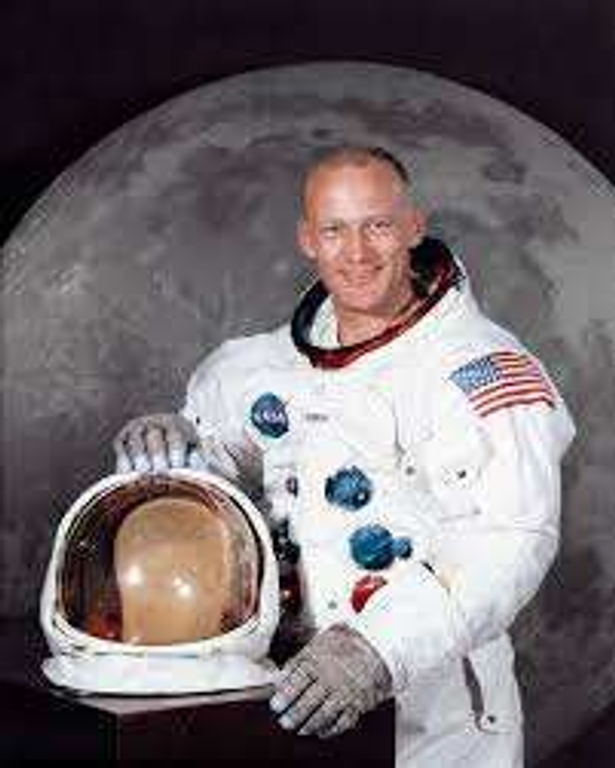
The first Mason on the moon and a member of the Apollo 11 expedition, Brother Edwin Eugene (Buzz) Aldrin, Jr. has had an extraordinary journey as a man and as a Freemason. Piloted by Bro. Aldrin himself, the first moonwalk was a momentous occasion for all humanity and a proud day for Freemasonry.
In fact, Aldrin received a special deputation from the Grand Master of Texas, J. Guy Smith to open a Representation of the Grand Lodge of Texas on the Moon and establish Masonic Territorial Jurisdiction there for the Grand Lodge of Texas. He carried the deputation to the moon on that famous moon landing in 1969.
Brother Aldrin was initiated into Freemasonry at Oak Park Lodge No. 864 in Alabama and raised at Lawrence N. Greenleaf Lodge, No. 169 in Colorado. He is also a member of York Rite and Arabia Shrine Temple of Houston.
Col. Leroy “Gordo” Gordon Cooper, Jr., 33°
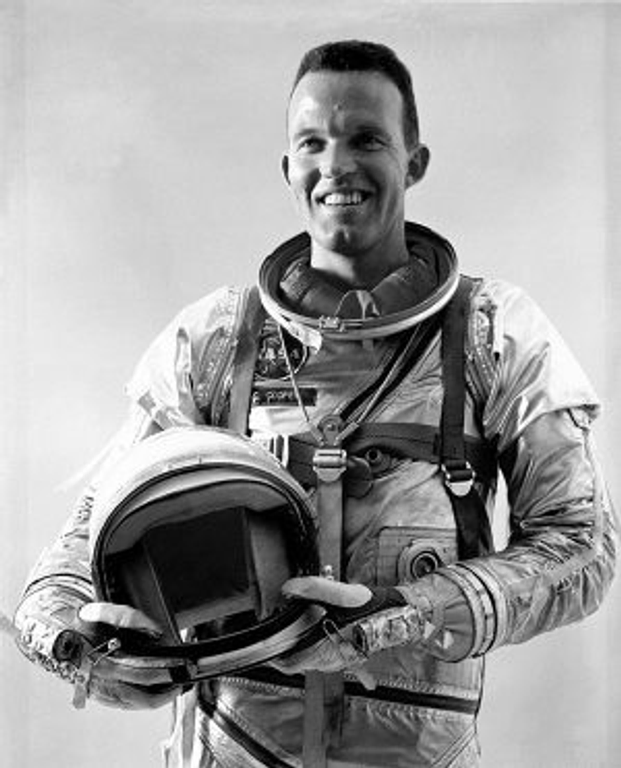
Leroy Gordon Cooper, Jr., was born in Shawnee, Oklahoma on March 6, 1927. He was fascinated with flying from an early age and was flying his family’s plane by the age of eight. By the age of twelve he was flying solo and taking his first steps in what would go on to become an illustrious aerospace career.
Following his love of flying, Cooper enlisted in the U.S. Air Force, also pursuing a degree in aeronautical engineering from the Air Force Institute of Technology. He flew F-84s and F-86s in the Eighty-Sixth Fighter Bomber group in Munich before becoming a test pilot in the Flight Test Division at Edwards Air Force Base in California.
In 1959, Bro. Cooper’s passion for flying took him to new heights when the National Aeronautics and Space Administration (NASA) chose him to be one of the original seven Mercury astronauts - the first manned space program of the United States. Cooper accomplished several critical milestones for the program. He was the pilot for Faith 7, the final and longest Mercury flight in which he flew for over 34 hours, orbiting the earth 22 times.
Several years later in 1965, he acted as command pilot on Gemini 5, spending eight days in space and paving the way for the round-trip journey to the moon. During this voyage, Cooper honored the fraternity when he brought along a Scottish Rite banner to celebrate the journey. He was ardently committed to Freemasonry; a Master Mason of Carbondale Lodge, No. 82 in Carbondale, Colorado, he also was a member of the Shrine and York Rite, and received the honorary 33° degree from the Scottish Rite, Southern Jurisdiction.
Donn F. Eisele
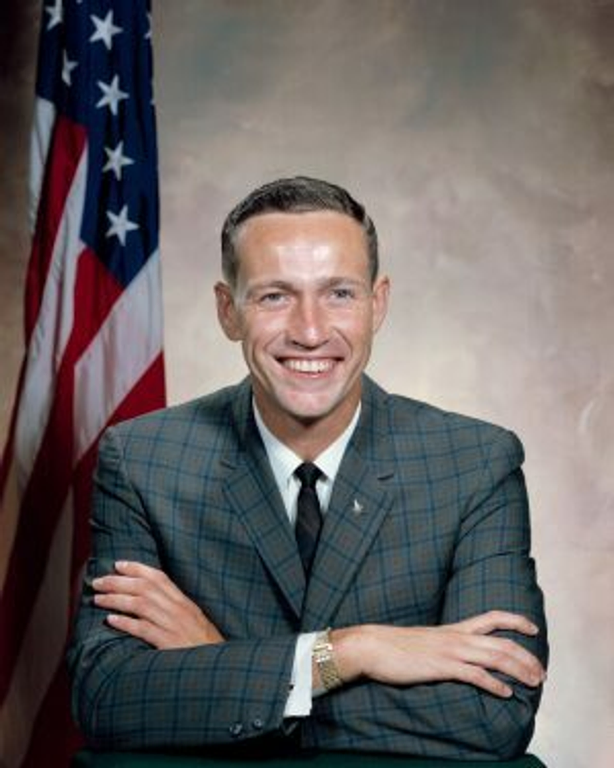
A member of Luther B. Turner Lodge, No. 732 in Columbus, Ohio, Bro. Eisele earned an impressive stat sheet while working for NASA. He spent 11 days in space during the Apollo 7 tour and orbited the earth 163 times during that time. By the time the mission was over, he had traveled 4.5 million miles.
Virgil “Gus” Grissom
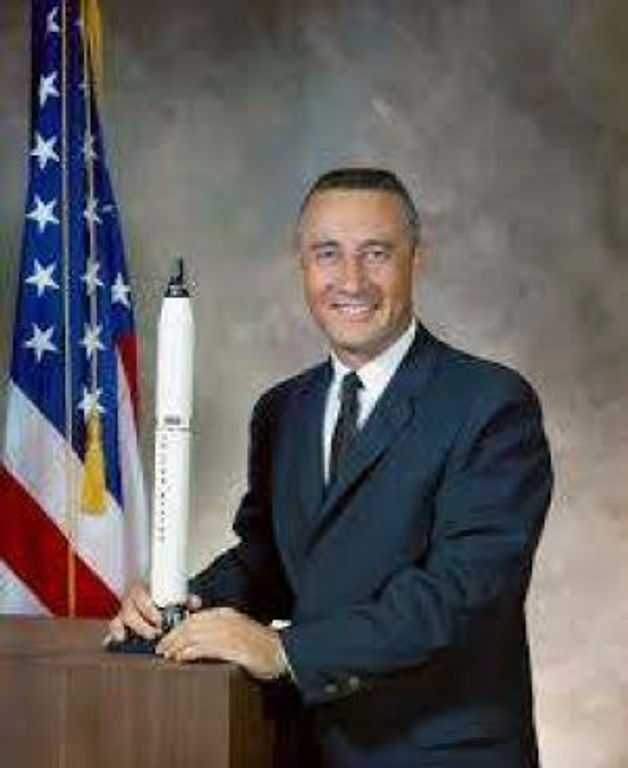
Born in Indiana, where he would one day become a member of Mitchell Lodge, No. 228, he was enthralled with flying from a young age, Grissom enlisted in the recently formed United States Air Force in 1951. While he would go on to fly 100 combat missions in the Korean War as a wingman, he never saw combat.
A few years later, Bro. Grissom was selected as a Project Mercury astronaut and became the second man to venture into outer space on July 21, 1961. Sadly, in 1967, while training for what would be the first Apollo mission, a fire was sparked in the oxygen rich capsule and sadly killed Grissom during a pre-launch test.
In honor of his service to the country, Grissom was buried at Arlington National Cemetery. A true pioneer who helped to greatly advance the United States’ space program, his funeral was attended by President Johnson and members of the U.S. Congress.
James Benson Irwin
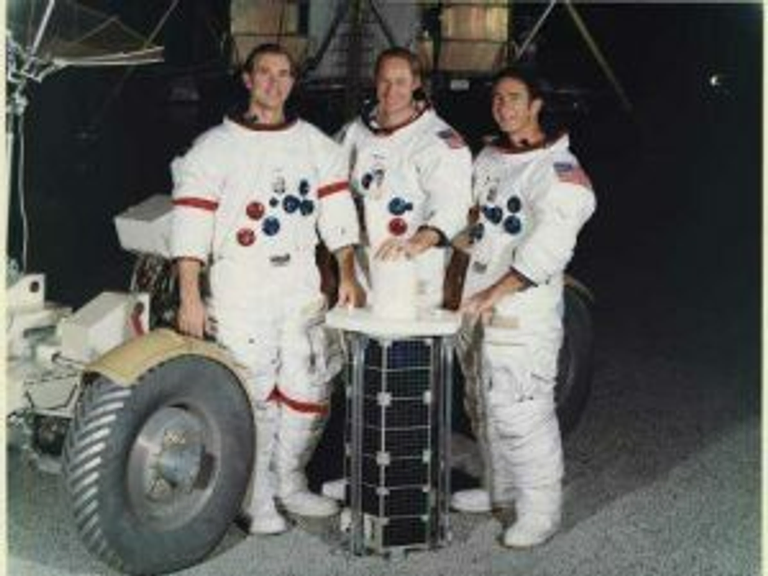
James Benson “Jim” Irwin was a Brother of Tajon Lodge, No. 104, in Colorado Springs, Colorado and the eighth person to walk on the moon. He served as Lunar Module Pilot for Apollo 15 and logged 295 hours and 11 minutes in space and an amazing 18 hours of mission time on the Moon’s surface.
Bro. Irwin’s Apollo 15 mission to the moon was hugely important. His team discovered the Genesis Rock, an anorthosite rock that formed in the early stages of the solar system – about 4 billion years ago. The rock was believed to be part of the original lunar crust.
Scarily for Irwin, he developed a heart arrhythmia on the return trip to Earth. Irwin’s condition was serious enough that the flight surgeon stated he would need to be in an ICU if he were back on Earth. Fortunately, the crew - Irwin included - completed the voyage safely and Irwin’s symptoms cleared up upon his return.
Edgar Dean Mitchell
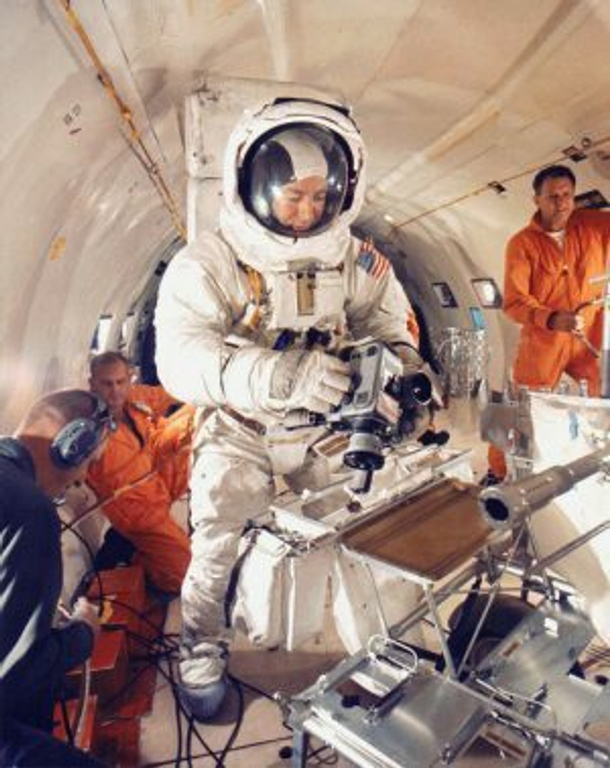
Bro. Mitchell had a Masonic connection from a young age. He was a member of DeMolay International and was even inducted into its Hall of Fame. Later, he became a member of Artesia Lodge #29 in New Mexico where he grew up.
Mitchell cut his teeth as a pilot in the Navy which he joined in 1954 after completing Officer Candidate School. He served for several years before NASA accepted him in 1966 where he joined the manned space program and began what would be a stirring career with the organization. In 1970, the Apollo 13 mission experienced an oxygen tank explosion that damaged the spacecraft. Mitchell developed a procedure for the crew’s safe return and received a Presidential Medal of Freedom for his innovation.
During his own mission on Apollo 14, Mitchell served as the Lunar Module Pilot. He spent nine hours working on the lunar surface in the Fra Mauro Highlands collecting almost 100 pounds of lunar samples - the first mission using a Mobile Equipment Transporter. He and his crew set records for the most time and longest distance traveled on the lunar surface.
Interested in learning about other famous Freemasons? Learn more by reading one of our other blogs on notable Masons:
Related Stories
Discover additional Scottish Rite blogs and news on this topic.

